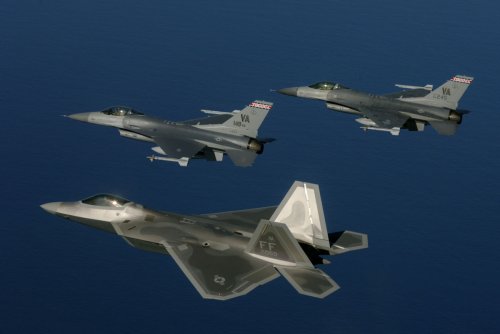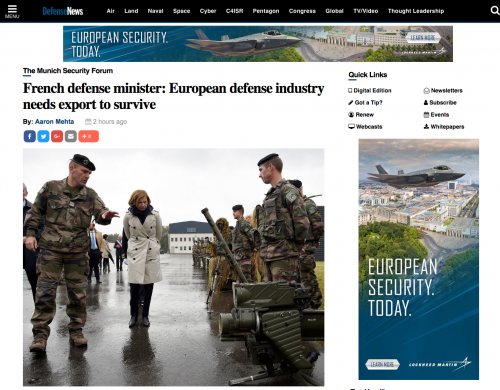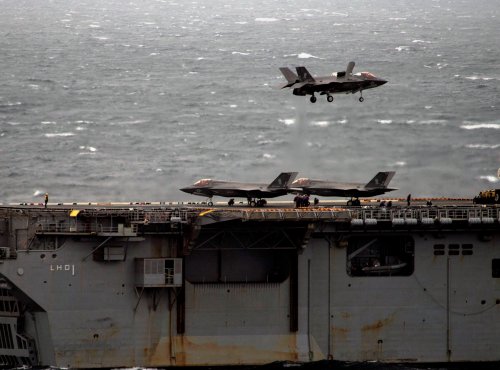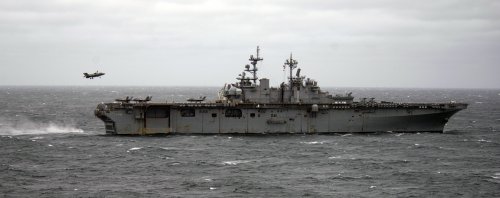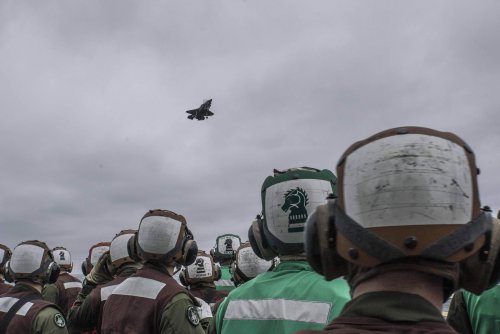- Joined
- 3 June 2011
- Messages
- 17,300
- Reaction score
- 8,993
LowObservable said:Nice flyby. Can anyone advise whether that kind of alpha + flap deflection is normal on other fighters at ceremonial flyby speed?
According to one source, the max is 300 knots and i doubt that you'd go much under 250. (But if anyone's got a source that says otherwise, have at it.)
Note that at 0:31, 10 s before they pass directly under the helo, lead's nose appears to be pointed right at it.
Who cares? There are pictures of F-22s flying with partial flaps next to F-15s with no flaps deployed. Does that mean the F-15 is a better aircraft? Obviously the F-22 is worse than a loaded F-16. I mean, just look at it's flaps.

